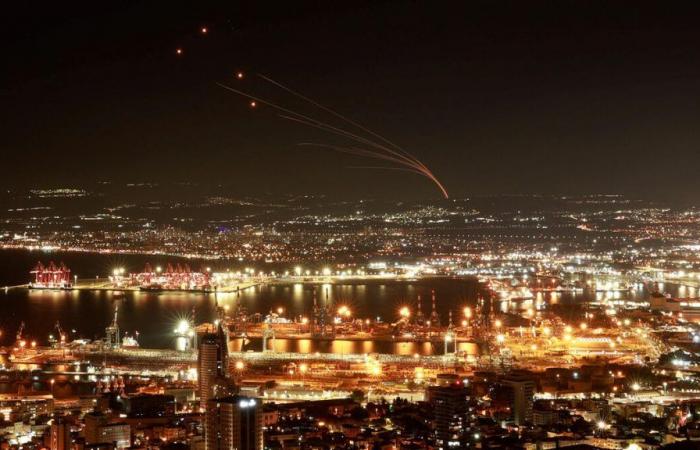The great means. On Sunday, the Pentagon announced the deployment in Israel of its THAAD system (for Terminal High Altitude Area Defense). A team of American soldiers will be deployed to carry out the maneuvers.
Behind these five letters lies an ultra-high-performance anti-missile system capable of destroying short (up to 1,000 km), medium (1,000 to 3,000 km) and intermediate (3,000 to 5,000 km) range ballistic missiles. , when they are in their last phase of flight or approaching their target.
As revealed in a Congressional Research Service report, THAAD is capable of intercepting missiles at a range of 150 to 200 kilometers, both in and out of the atmosphere. With an almost perfect success rate under test conditions.
A miracle made possible by a radar system called “AN/TPY-2”, for “Army Navy/Transportable Radar Surveillance” (i.e. Army Navy/Portable Surveillance Radar) capable of detecting missiles 3,000 km away.
A system already deployed last October
Unlike other systems of the same type, it works kinetically, that is to say it intercepts missiles by colliding with them and not by exploding next to their warhead.
Logistically, the THAADs are mounted on vans. Each unit is equipped with a radar and has six different launchers, which themselves have eight interceptors each. If that’s not enough, a combat management system built into THAAD allows them to communicate with other US defense missiles, such as Patriots and Aegis (weapons typically installed on US Navy ships).
According to a report from the Congressional Research Service, the US military has seven of these anti-missile systems.
This is not the first time that THAAD has been deployed in Israel. It was already last year, after the Hamas attacks of October 7, 2023. This time, it is to counter the Iranian threat. Tehran and Israel have continued to threaten each other with retaliation for several weeks. On October 1, missiles were launched from Iran, in response to “the deaths of the leaders of Hezbollah and Hamas.” Since then, Israel has promised a reaction and Tehran claims to be “ready to face a war situation”. For the moment, the Pentagon has not yet given the date of the THAAD deployment.






